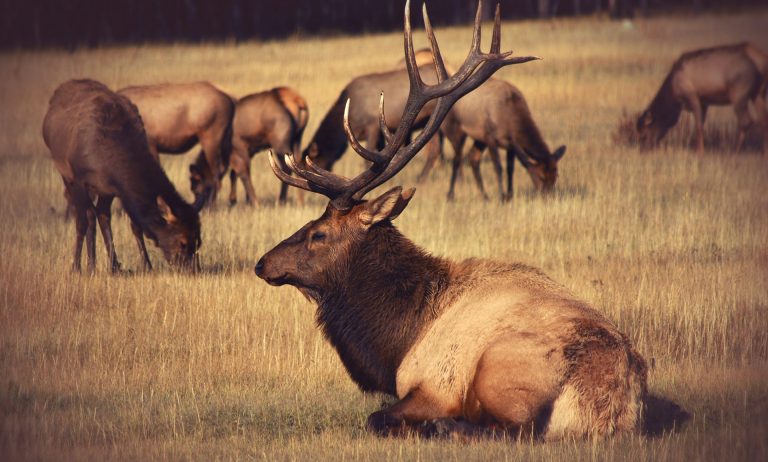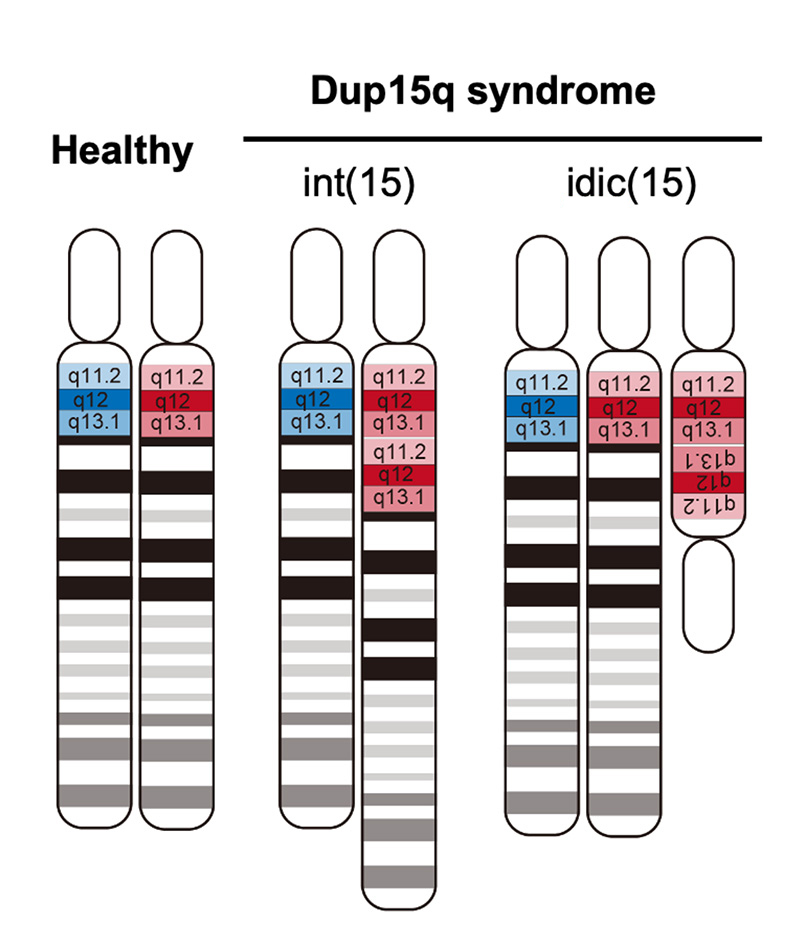2024-08-20 カナダ・コンコーディア大学

Paul Savary: “Understanding the heterogeneity of species dispersal networks is crucial for the success of conservation measures.” | Photo by Brian Holdsworth on Unsplash
<関連情報>
- https://www.concordia.ca/news/stories/2024/08/20/understanding-variations-in-animal-and-plant-movement-is-key-to-conservation-new-research-shows.html
- https://www.cell.com/trends/ecology-evolution/abstract/S0169-5347(23)00267-7
生物多様性科学を向上させる異種分散ネットワーク Heterogeneous dispersal networks to improve biodiversity science
Paul Savary,Jean-Philippe Lessard,Pedro R. Peres-Neto
Trends in Ecology and Evolution Published:October 25, 2023
DOI:https://doi.org/10.1016/j.tree.2023.10.002
Highlights
- Dispersal networks represent the spatial paths allowing individuals to move across landscapes, and model how dispersal shapes spatial patterns of biodiversity.
- Irregular patch arrangements and varying dispersal capacities among species generate heterogeneity in dispersal networks, which in turn affects α, β, and γ diversities.
- Spatial network structure should be considered explicitly in biodiversity analyses to assess the influence of dispersal.
- Empirical assessments of the influence of heterogeneity in dispersal networks on biodiversity variation can reveal dispersal limitation or, conversely, indicate a tendency for dispersal to homogenise communities.
- The architecture of dispersal networks can prove invaluable in guiding decisions about where and how to manage connectivity toward meeting biodiversity objectives within landscapes.
Abstract
Dispersal has a key role in shaping spatial patterns of biodiversity, yet its spatial heterogeneity is often overlooked in biodiversity analyses and management strategies. Properly parameterised heterogeneous dispersal networks capture the complex interplay between landscape structure and species-specific dispersal capacities. However, this heterogeneity is recurrently neglected when studying the processes underlying biodiversity variation. To address this gap, we introduce a conceptual framework detailing the fundamental processes driving dispersal heterogeneity and its effects on biodiversity dynamics. We propose methods to parameterise heterogeneous dispersal networks, facilitating their integration into commonly used quantitative frameworks for biodiversity analyses. By considering the architecture of heterogeneous dispersal networks, we demonstrate their critical role in guiding biodiversity management strategies.


